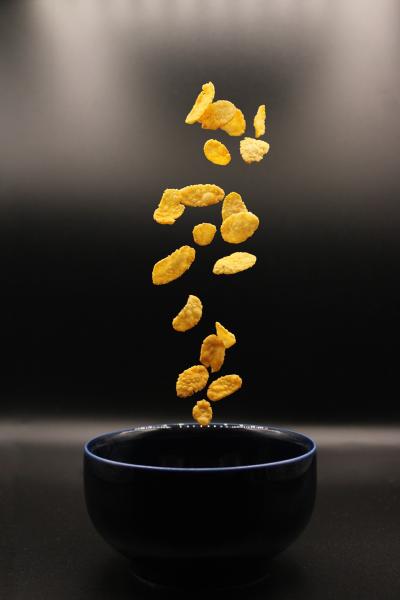Let me say this right at the start; the study involves a food questionnaire given many years ago at the beginning of the research. The sampling of the blood’s inflammatory markers was at the same time as the food survey. But much of the research tying fiber to inflammatory markers to cardiovascular disease involves those questionnaires. Consider these new findings qualitatively since the numbers may give you a false sense of certainty.
- 4,125 adults, median age 72.6, 60% women, and 95% White reported a total intake of 16.3gm/day of fiber. 25% as cereal fiber, 42% as vegetable fiber, and 33% as fruit fiber
- Those with the lowest fiber intake were, as you expect, more likely to be male, to have less education, smoke, drink more alcohol, engage in less exercise, and yes, eat fewer fruits and vegetables.
- Those with the lowest fiber intake did not have a greater incidence of diabetes, heart failure, LDL cholesterol, or fasting glucose elevation.
Here is the Forest plot of the impact of fiber on several inflammatory markers.

There are several surprises here. First, total fiber impacted just a few members of the “inflammasome” – the name given to the inflammatory mediators and their effects. And only cereal fiber, not those found in fruits and veggies, had an effect. This does not bode well for Big Fruit and Vegetable.
During the median 11.9 years of follow-up, these participants experienced “1,941 incident CVD events” (an academic way of saying heart attacks and strokes). An increase in the total fiber of 5gm/day (remember take the number with a grain of salt) lowered the risk of those CVD events. That reduction came from cereal fiber, vegetable, and fruit fiber having no impact. Not to worry, we can still salvage the hypothesis of fiber acting through a reduction in inflammation to reduce cardiovascular disease; we just have to focus on the cereal fibers.
Unfortunately, for the hypothesis, the researchers conducted a mediation analysis to ascertain how much of the reduction in cardiovascular events was attributable to the one fiber standing, cereal. As they wrote,
“…cereal fiber was associated with a lower risk of CVD, although inflammation mediated less than 20% of the observed inverse association between cereal fiber and CVD. This suggests that the association of cereal fiber with CVD risk is primarily due to factors (e.g., other mediators, a direct role played by cereal fiber, or cereal fibers replacing other unhealthful foods) other than systemic inflammation.” [emphasis added]
What might those factors be?
Return for a moment to those at the most significant risk, the participants with the lowest fiber intake. They can’t modify their male gender, and eating more fruits and vegetables for their fiber value is now off the table. You could suggest that they return to school and increase their education, but that is probably related to socioeconomics that hasn’t been addressed. That leaves stopping smoking, drinking less alcohol, and exercising more. Not smoking should be a given. I knew this would end with having to do more exercise; eating my way to health just isn’t sufficient. The last word goes to these heroic researchers who have debunked a persistent myth.
“The inverse association between dietary fiber and CVD is commonly hypothesized to be mediated through inflammation; our results provide important clarification of this hypothesis, suggesting that inflammation is likely not a major mediator of the observed association.”
Source: Intake and Sources of Dietary Fiber, Inflammation, and Cardiovascular Disease in Older US Adults JAMA Network Open DOI: 10.1001/jamanetworkopen.2022.5012 (




